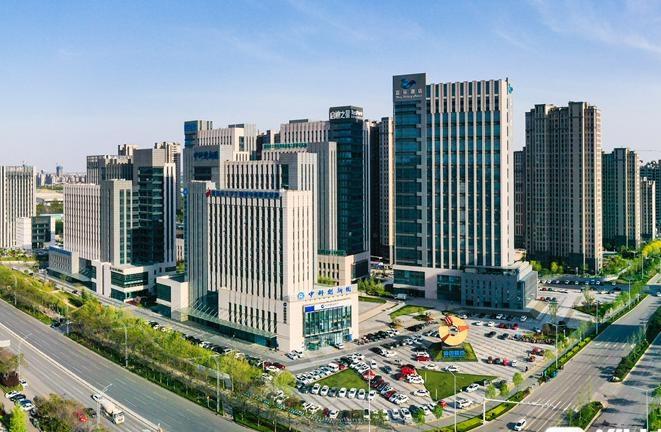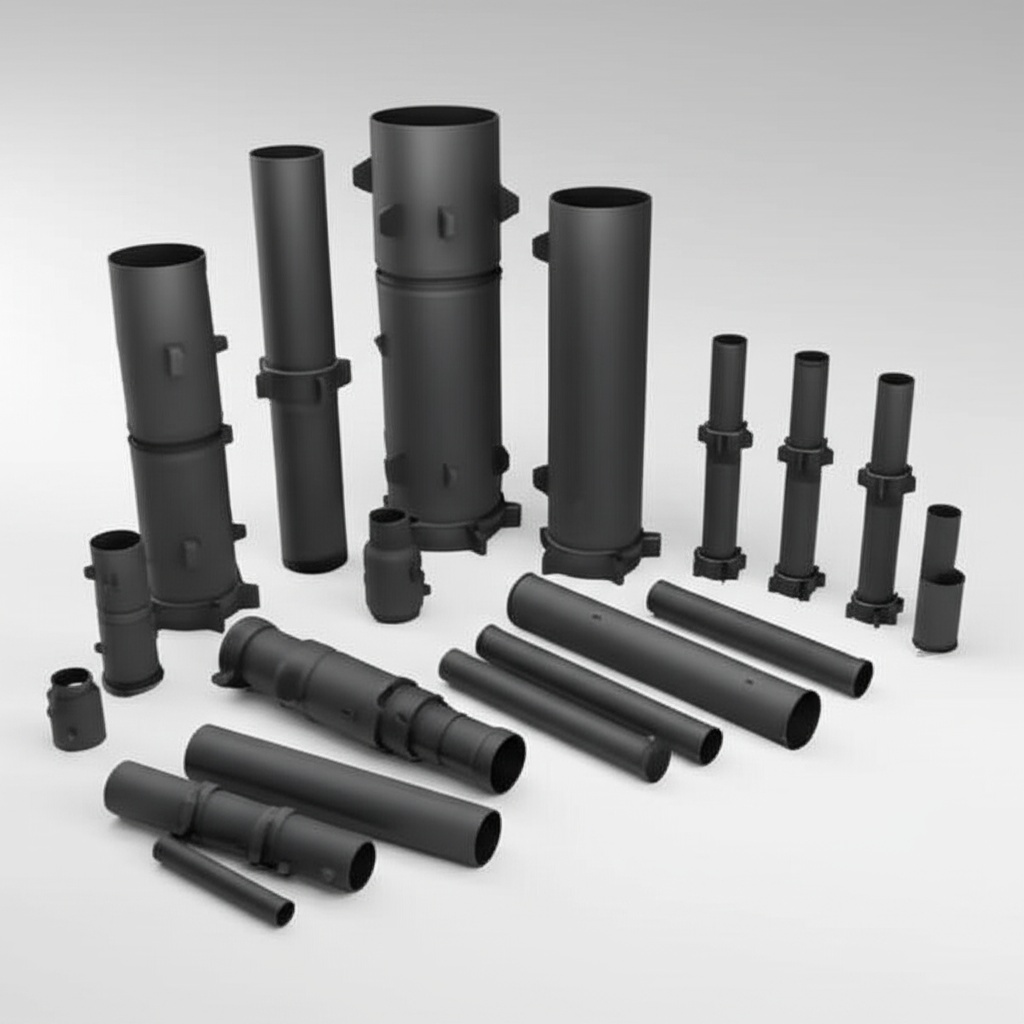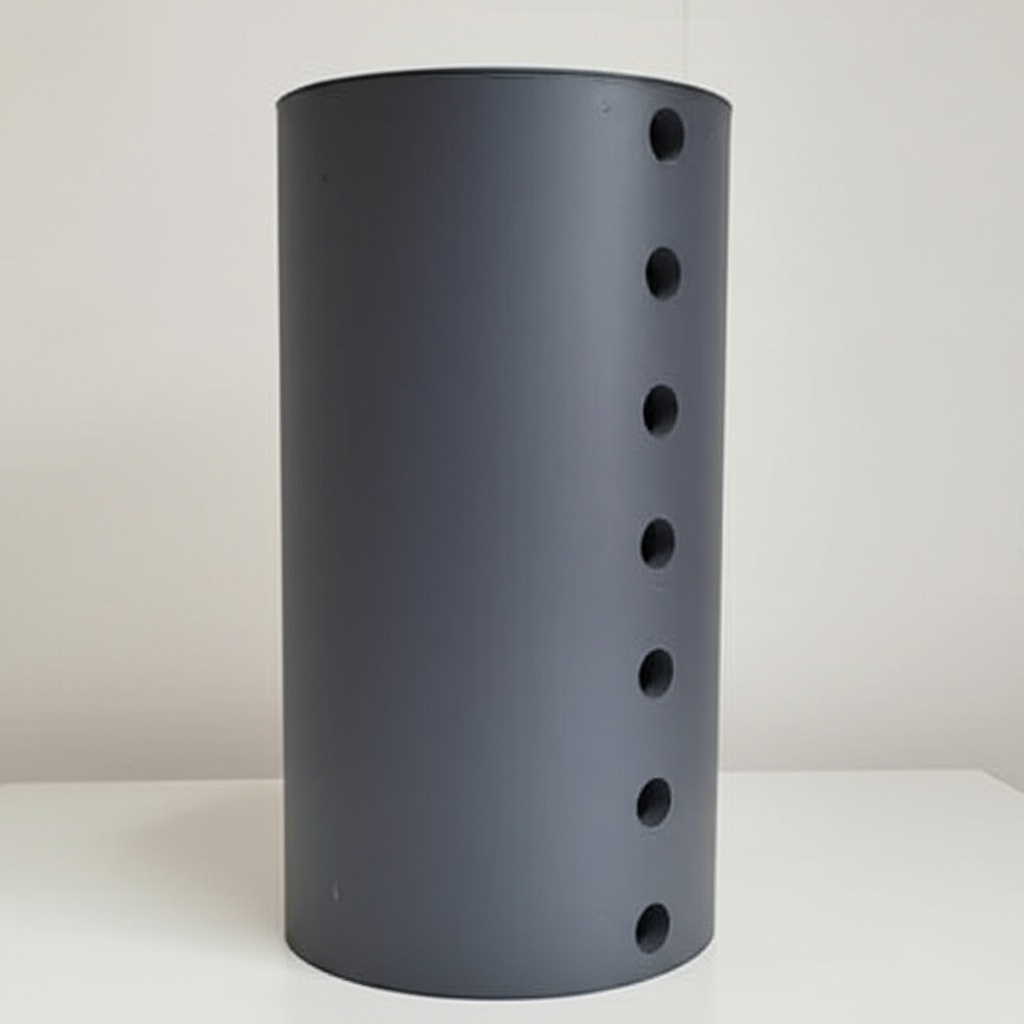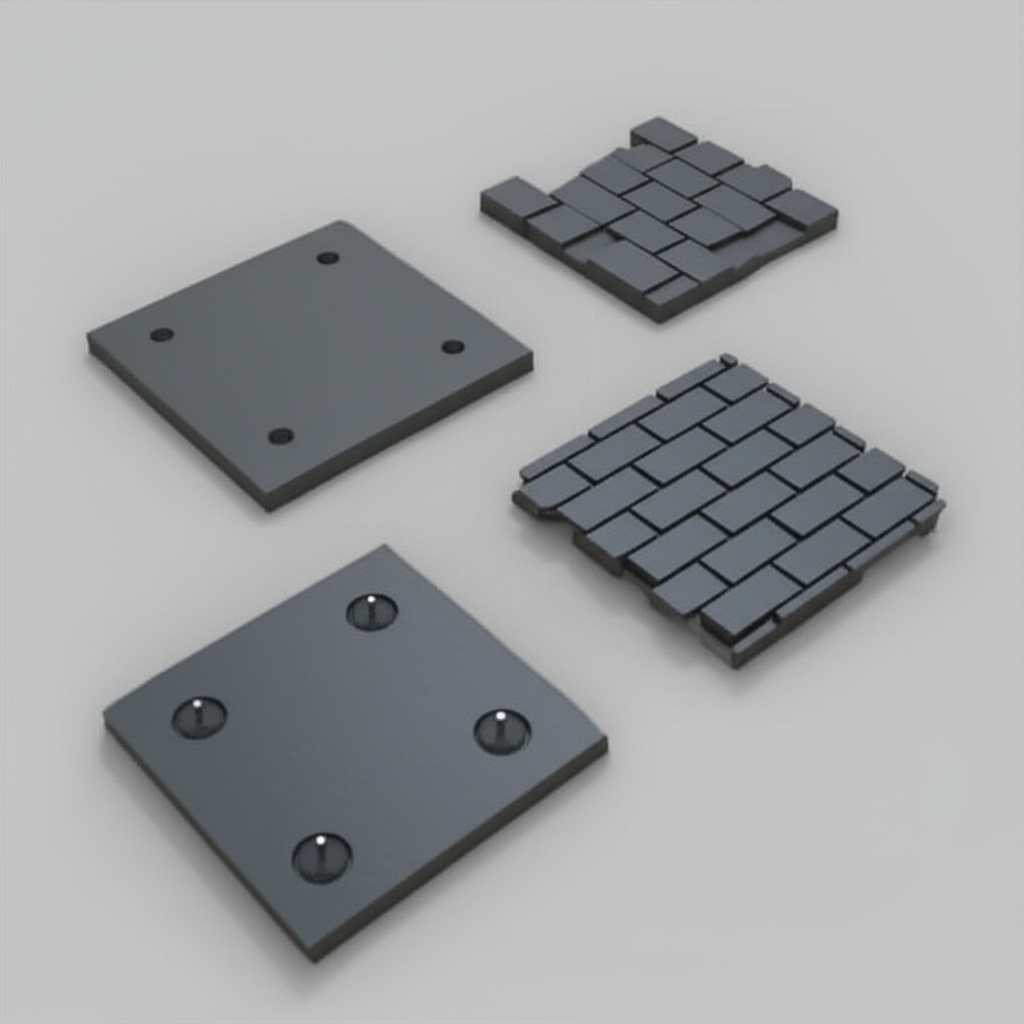パキスタンの繊維、セメント、鉄鋼、新興産業向け工業用炭化ケイ素ソリューション
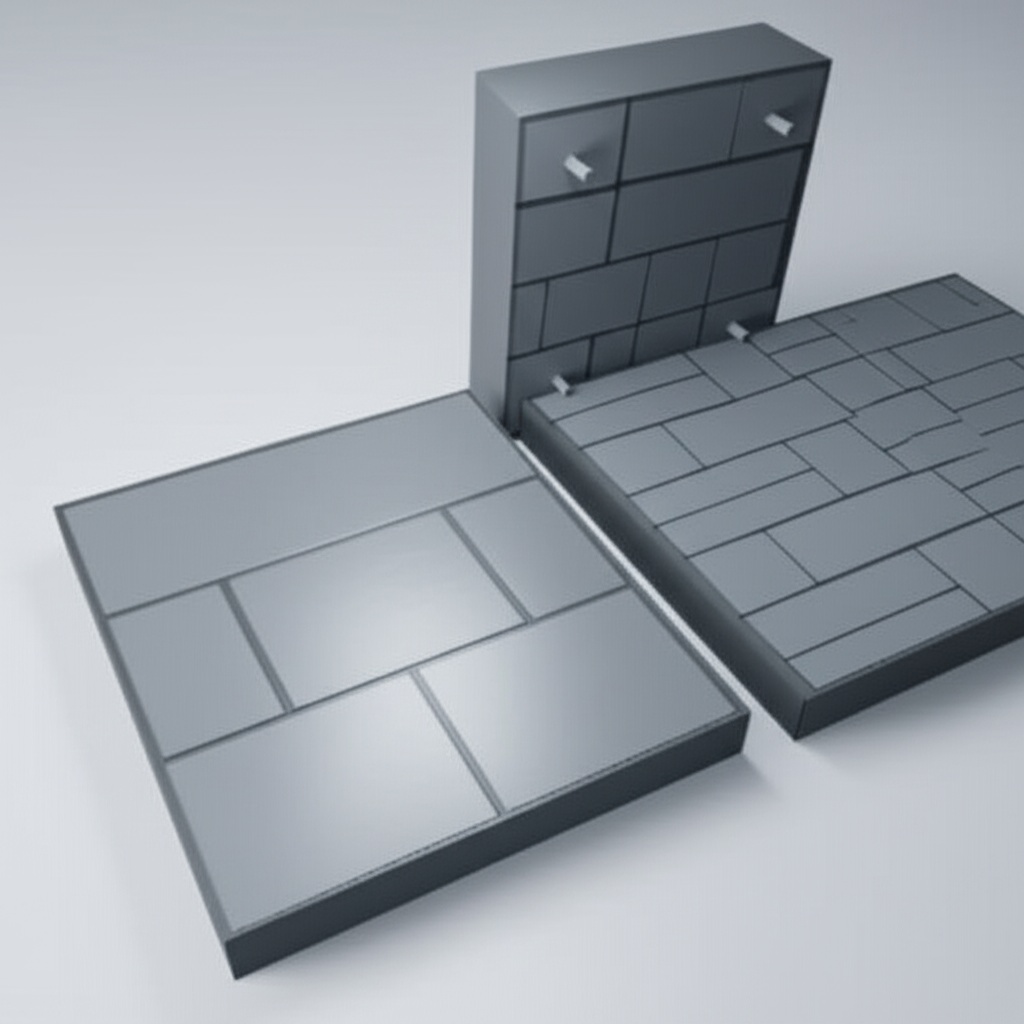
シェア
エグゼクティブサマリー:2025年の展望と現地市場の状況
パキスタンの産業経済は、2025年に決定的な近代化サイクルに入ります。電力集約型のセクター、つまりパンジャブ州とシンド州の繊維クラスター、カイバル・パクトゥンクワ州とパンジャブ州のセメントキルン、全国の鉄鋼再圧延工場は、エネルギーコストの上昇、グリッドの変動性、より厳しい品質と環境への期待に直面しています。同時に、太陽光発電とハイブリッドシステムは、11〜33 kV配電レベルの相互接続に急速に拡大しており、今後5年間で5 GWを超える追加の中電圧PV容量と、約5億米ドルの関連インバーター市場が見込まれています。
炭化ケイ素(SiC)技術は、パワーデバイス、セラミック基板、エピタキシャルウェーハ、高熱伝導率パッケージング、および完全にサポートされた生産設備にわたり、効率性、電力密度、熱的復元力、および信頼性の飛躍的な向上を提供します。これらの改善は、パキスタンの多様な気候とほこりの多い環境全体で、より低いエネルギーの均等化コスト(LCOE)、より小さなフットプリント、メンテナンスの削減、および重要な産業プロセスの稼働時間の向上につながります。
Sicarb Techは、材料エンジニアリングとデバイスモジュールから、設備、プロセスノウハウ、技術移転まで、10年以上の実務経験と19以上の成功した企業とのコラボレーションに裏打ちされた、フルサイクルでカスタマイズされたSiCソリューションを提供しています。世界クラスのSiCエコシステムへのアクセスと、中国科学院(濰坊)イノベーションパーク内でのパートナーシップの利点を備えた濰坊市に拠点を置く同社は、パキスタンのOEM、EPC、および産業オペレーターがSiCを確実に大規模に展開できるようにします。
パキスタンにおける産業の課題と問題点
パキスタンの産業ユーザーは、性能と成長を妨げる技術的、運用上、および市場的な制約の独特な組み合わせに直面しています。これらの問題点は、エネルギー強度、品質コンプライアンス、およびコスト競争力が収束する2025年に喫緊の課題となっています。
- グリッドの不安定性と電力品質:電圧降下、周波数変動、高調波、フリッカーが配電レベルで持続します。高速織機とVFD駆動ラインを備えた繊維工場は、生産上の欠陥、ダウンタイム、およびスクラップを引き起こす可能性のある電圧降下と高調波に敏感です。セメント工場と鉄鋼再圧延工場は、従来のシリコンベースのインバーターとドライブにストレスを与える過渡的な負荷に遭遇します。
- 高い周囲温度とほこり:パキスタン南部
- エネルギーコストの変動性:燃料輸入と季節的な水文変動により、電気料金と信頼性が変動します。 独立型PVシステムとハイブリッドシステムは拡大していますが、従来のシリコンアーキテクチャは、より高いスイッチング周波数と熱応力下で効率が低下し、ROIを制限します。 産業ユーザーは、長い高温の季節を通じて性能を維持する、高効率で高密度のインバーターを必要としています。
- 中電圧連系コンプライアンス:工業団地や大規模屋根は、多くの場合11 kVで、場合によっては33 kVで連系します。 従来のシステムでは、保護協調、故障時耐性(FRT)、無効電力サポート、高調波制限を満たすことは困難です。 複雑なカスケードトポロジーは、システム容量とコストを増加させます。
- メンテナンスオーバーヘッドとスキルギャップ:ドライブルームとインバーターファームには熟練した技術者が必要であり、頻繁な故障や過熱は計画外のダウンタイムを引き起こします。 スペアパーツのロジスティクスと、輸入されたハイエンドシステムの長いサービスチェーンは、ダウンタイムのリスクを増大させます。
- 環境および規制上の圧力:国および地方の機関は、環境および安全規制を強化しています。 埋め込み型発電を導入する産業サイトでは、粉塵排出制御、電気安全(NEPRAおよびPEC準拠の実践)、および電力品質基準がより厳密に監視されています。
- 資本制約とROIの精査:プロジェクトの承認は、強力なペイバックケースにかかっています。 従来のソリューションでは、多くの場合、より大きな設置面積、より高い冷却CAPEX、およびディレーティングバッファが必要となり、財務指標が弱まります。
業界のガイダンスによると、炭化ケイ素などのワイドバンドギャップ半導体は、高効率変換と熱的復元力に不可欠です。 国際エネルギー機関が指摘しているように、「ワイドバンドギャップデバイスを含む電力電子工学の進歩は、再生可能エネルギーの統合とシステム効率の向上に不可欠です。」(IEA電力システムに関する洞察; レポートについてはiea.orgを参照)。 同様に、著名な電力電子工学専門家であるSten Feldmann博士は、「SiCは、より高いスイッチング周波数と温度を可能にし、設計者が同じ電力で磁気部品と冷却を小型化できるようにします。」と述べています。(一般的な参照:SiC採用に関する学術会議およびIEEE会議の議事録)。
これらの制約は、高破壊電圧、高周波、低損失のSiCデバイスの利点と直接相関しています。 効率(≥98.5%)、コンパクトな冷却、および1.5〜2倍の電力密度の向上は、パキスタンの温度と粉塵の極端な環境で特に強力です。 より低いスイッチング損失と伝導損失は、繊維、セメントクリンカーライン、および製鋼圧延に典型的なグリッド障害と高デューティサイクル下での稼働時間を向上させます。
高度な炭化ケイ素ソリューションポートフォリオ
Sicarb Techは、材料から展開までのフルライフサイクルアプローチで、パキスタンの産業需要を満たすために、カスタマイズされたSiC製品、セラミック材料、および統合機器を提供しています。
- 中電圧SiCパワーモジュール(1200V〜3300V):モジュラートポロジーを介して11〜33 kVの連系に最適化されています。 高破壊電圧能力は、より少ない段数、より低い損失、およびより高い信頼性を備えたカスケードまたはマルチレベルインバーター設計をサポートします。
- SiC MOSFETゲートドライバ回路と最適化されたゲートドライブソリューション:ローカルグリッドの電磁両立性要件を満たし、コモンモード電流を削減するために、微調整されたdv / dt制御を備えた高速で堅牢なスイッチング。
- SiCショットキーダイオードモジュール:PFCステージとインバーター整流におけるより高いシステム効率のための超高速回復、低逆回復電荷。
- SiCエピタキシャルウェーハ(カスタム厚さおよびドーピング):カスタマイズされたエピタキシーにより、ローカルの負荷プロファイルと周囲条件に合わせて調整されたデバイス製造が可能になります。
- パワーデバイス専用の焼結装置; ウェーハレベルのアニーリングおよびイオン注入装置; ダイシングおよびウェーハ薄化:ローカルデバイス製造または合弁事業のパッケージングへの野心を支える完全な機器パス。
- 低熱抵抗セラミック基板と高周波磁気部品:パキスタンの中電圧高調波要件に沿って、コンパクトなLCLフィルタと高スイッチング周波数(50 kHz〜150 kHz)用に設計された基板と磁気部品。
- 高温信頼性試験システムとパワーサイクリングプラットフォーム:+ 175°Cの動作温度までのデバイスを認定し、200,000時間のMTBFを検証するための検証ツール。
- モジュール式冷却アセンブリ(液体/空気):冷却容量を約40%削減し、メンテナンス間隔を延長するための防塵熱設計。
- SiCに適合したインバーターメイン制御ボードとアルゴリズムライブラリ:パキスタンのユーティリティコードに対応したグリッドサポート機能を備えたすぐに統合できる制御プラットフォーム。
- 中電圧連系用のLCLフィルタソリューション:ローカルの高調波制限と故障時耐性への期待に合わせて事前に設計されています。
これらのソリューションは、アプリケーションエンジニアリングサポート、システムレベルの熱シミュレーション、および寿命予測サービスによって強化されており、設計がパキスタンの周囲環境と粉塵の現実に対応し、連系要件に準拠していることを保証します。
性能比較:SiC対従来の材料
産業用およびPV中電圧アプリケーションの技術的ベンチマーク
| 特徴 | 炭化ケイ素ソリューション | 従来のシリコンソリューション |
|---|---|---|
| 効率 | ≥98.5% | 96%〜97% |
| スイッチング周波数 | 50 kHz〜150 kHz | 通常10 kHz〜20 kHz |
| 冷却システム | コンパクト | 大規模 |
| システム容量 | より小さい | 大量の |
| 重量 | 20%〜40%軽量 | より重い |
| 動作温度 | -40°C〜+ 175°C | 通常-40°C〜+ 125°C |
| デバイス寿命 | 長い | 短い |
| スイッチング損失 | 40%〜60%削減 | ベースライン |
ローカル連系および安全性の期待との整合性
| ローカル要件への焦点 | パキスタンで重要なこと | SiC対応アプローチ |
|---|---|---|
| 中電圧連系(11〜33 kV) | 故障時耐性、電圧調整、無効電力サポート、高調波制御 | 高周波動作と最適化されたフィルタにより、低THDを実現。高速過渡応答は、FRTとグリッドコードをサポートします |
| 粉塵と熱に対する耐性 | 周囲温度> 45°C、セメントおよび繊維粉塵 | 高温動作と低熱抵抗基板により、ディレーティングが削減されます。 密閉型または液体冷却モジュール |
| 設置面積の制約 | 屋上と狭いインバーター室 | 1.5〜2倍の電力密度、インバーター容量が30%以上削減 |
| 信頼性とサービス | ダウンタイム許容範囲が限られています | MTBFは最大200,000時間。高電圧デバイスとコンパクトな冷却により、コンポーネントが削減 |
実際のアプリケーションと成功事例
- 繊維工場(パンジャブ、シンド):織機および紡績ライン用のSiCベースのVFDレトロフィットは、高調波を削減し、トルク制御を改善し、エネルギー損失を削減します。 プラントは、夏場のピーク時の立ち上げ時間の短縮と過熱の抑制を報告しています。
- セメントプラント(北部および中央地域):キルンファンおよび高出力ドライブのSiCパワーモジュールは、より高い効率を提供し、フィルタサイズを削減し、粉塵の多い電気集塵機ゾーンでのメンテナンスを容易にします。
- 鉄鋼再圧延工場:SiCモジュールは、頻繁な負荷過渡現象と熱サイクルに耐え、稼働時間を改善し、DCバスコンデンサとスイッチングコンポーネントの寿命を延ばします。
- PV中電圧連系:バロチスタン州の工業団地での500 kWパイロットは、98.7%の動作効率を達成し、機器容量を約40%削減し、複数のローカル拡張注文を引き起こしました。


技術的利点と現地コンプライアンスによる実装上のメリット
- 高破壊電圧能力(1200V〜3300V):より少ない直列段を備えた中電圧アーキテクチャを可能にし、伝導損失経路を削減し、保護協調を簡素化します。
- 低伝導損失とスイッチング損失:96.5%から98.5%以上の効率向上は、より低いLCOEと変圧器の加熱の削減につながり、料金に敏感な運用に直接影響します。
- 高周波動作(50 kHz〜150 kHz):より小さな磁気部品とフィルタにより、既存のドライブルームと屋上への省スペースレトロフィットが可能になります。
- 高温耐性(-40°C〜+ 175°C):夏場のピーク時のディレーティングの削減は、強制ダウンタイムを最小限に抑えます。 システムは、パキスタン南部で一般的な高温多湿の環境でも安定しています。
- システムのコンパクトさ:30%以上の容量削減により、既存の部屋内により多くのPV容量または追加のドライブが可能になり、許可と構造上の制約が緩和されます。
実装者向けのローカル規制への適合に関する考慮事項:
- 連系:無効電力、FRT、および高調波制限について、DISCOが一般的に適用する中電圧連系慣行(11 kV / 33 kV)を遵守します。 LCLフィルタが、産業用フィーダーの一般的なTHDしきい値を満たしていることを確認します。
- 安全と設置:パキスタンエンジニアリング評議会に準拠した、開閉装置のクリアランス、アース、ケーブルサイズの慣行に従ってください。 エンクロージャが、粉塵の多い地域に関連する侵入保護を満たしていることを確認してください。
- 電力品質:ローカルユーティリティが一般的に適用するIEC由来の高調波およびフリッカー制限への準拠を検証します。 SiCの高周波能力を活用して、これらのしきい値を満たすコンパクトなフィルタを設計します。
カスタム製造および技術移転サービス
Sicarb Techは、コンセプトから安定した生産と運用までのターンキーパスを提供します。
- 高度なR&Dバックボーン:主要なイノベーションエコシステム内でのコラボレーションは、デバイス構造、パッケージング、およびアルゴリズムの迅速な反復をサポートします。 この基盤は、パキスタンの周囲環境とグリッド条件に対するカスタマイズを加速します。
- R-SiC、SSiC、RBSiC、SiSiCの独自のプロセス:材料グレードの選択と処理は、アプリケーションの要求に合わせて調整されます。過酷な粉塵環境向けの耐摩耗性R-SiC、パワーモジュールおよびセラミック基板の熱安定性のための高純度SSiC。
- 完全な技術移転パッケージ:プロセスドキュメント、機器仕様、受け入れ基準、トレーニングプログラム、およびオンサイト試運転。 ローカルパートナーは、エピタキシーウィンドウ、焼結サイクル、アニーリングプロファイル、およびダイシング/シンニングのベストプラクティスのレシピを受け取ります。
- 工場設立サービス:実現可能性調査とプラントレイアウトから、生産ラインの試運転とパイロットランまで。 これには、容量モデリング、歩留まりのベースライン設定、およびローカルの労働力とユーティリティの条件に合わせたOEEランプ計画が含まれます。
- 品質管理システムと認証サポート:ISOに準拠したQMS、信頼性試験プロトコル(パワーサイクリング、HTRB、HTGB)、およびグリッド連系と安全承認をサポートするためのドキュメントの実装。
- 継続的な技術サポートと最適化:ライフサイクルサービス—歩留まりと信頼性のためのプロセス調整、EMCのためのゲートドライバの改良、および運用データが蓄積されるにつれての熱シミュレーションの更新。
実績のある成果:
- 19以上のエンタープライズコラボレーション:デバイスのカスタマイズ、パッケージング、システム統合にまたがる取り組み—2倍の電力密度や注目すべきMTBFの向上など、測定可能なKPIをもたらします。
- コストと市場投入までの時間の活用:統合された機器とプロセスパッケージは、セットアップ時間を短縮し、ローカル製造への野心と輸入代替戦略にとって不可欠な、スタートアップのリスクを軽減します。
- 統合ファーストエンジニアリング:アプリケーションチームは、ドロップイン交換とハイブリッドシステムをサポートし、既存の開閉装置、制御ボード、およびSCADA環境との互換性を確保します。
今後の市場機会と2025年以降の動向
- 中電圧PVの拡張:5年以内に5 GW以上の追加の中電圧PVグリッド接続容量が予想され、SiCデバイスの浸透率は2028年までに30%を超えることが予測されています。 高効率SiCインバーターは、工業団地における電力品質と設置面積の制約を満たすために不可欠になります。
- 産業用ドライブの電化:繊維、セメント、鉄鋼セグメントは、より厳しい電力品質メトリックでVFDの採用を加速します。 SiCの高いスイッチング周波数は、LCLフィルタを縮小し、グリッドイベントへの動的応答を改善します。
- ローカル製造と技術導入:政策の方向性は、ローカルでの組み立て/パッケージングとスキル開発を支持しています。 SiC製造装置と移転パッケージは、パキスタンベースのモジュール生産と高度なパッケージング機能を可能にする道筋を作ります。
- 熱と防塵の設計:設計は、過酷な条件下での信頼性の高い動作のために、密閉型または液体冷却アセンブリ、高IPエンクロージャ、および優れた熱伝導率を備えたセラミック基板をますます優先します。
- デジタルツインと予測メンテナンス:組み込みの熱および寿命モデリングを備えたSiCシステムは、分散型PVおよびマルチプラント産業オペレーターにとって不可欠な、予測メンテナンスとフリートレベルの最適化をサポートします。
よくある質問
- どの電圧クラスがサポートされていますか?
1200V〜3300Vのデバイスが利用可能であり、11〜33 kVネットワークとインターフェースするマルチレベルトポロジーに適しています。 - ソリューションはローカル連系コードを満たすことができますか?
はい。 ソリューションには、FRT、無効電力制御、および高調波抑制が組み込まれています。 LCLフィルタと制御アルゴリズムは、パキスタンの配電フィーダーで一般的に適用されるTHDと電圧調整の基準に合わせて調整されています。 - システムは45°C以上の環境と粉塵の多い環境でどのように機能しますか?
+ 175°Cまでの高温動作、低熱抵抗基板、およびモジュール式冷却(液体を含む)により、ディレーティングとメンテナンス頻度が削減されます。 エンクロージャとフィルタは、粉塵 - どのような効率と信頼性の向上が期待できますか?
効率は96.5%(従来のシリコン)から98.5%以上に向上します。MTBFは20万時間に延長され、電力密度は最大2倍、冷却体積は約40%削減されます。 - 現地のパートナーが製造ラインやパッケージングラインを確立できますか?
はい。技術移転には、機器の仕様、プロセスのノウハウ、トレーニング、試運転、品質認証サポートが含まれており、時間の経過とともにローカルでのパッケージングとテスト能力を可能にします。 - パキスタンではどの分野が最も恩恵を受けますか?
繊維(高VFD密度)、セメント(キルンおよびファン駆動)、鉄鋼(圧延機)、11~33 kVで相互接続するPVプラント。高いデューティサイクルと厳格な電力品質要件を持つ新興分野も恩恵を受けます。 - コストはどのように正当化されますか?
より低いLCOE、設置面積の削減、メンテナンスイベントの減少により、回収期間が短縮されます。高効率化は、特にピーク料金期間中にエネルギーコストを削減します。 - サービスとスペアパーツについてはどうですか?
現地の技術サポートフレームワークとトレーニングにより、迅速な対応が保証されます。モジュール化されたサブシステムにより、スペアパーツの在庫が簡素化され、平均修理時間が短縮されます。 - フィルタと制御のカスタマイズオプションはありますか?
はい。ゲートドライバの設定、dv/dt制御、LCLフィルタパラメータ、制御ボードファームウェアは、サイトの条件とグリッドの要件に合わせて調整されます。 - ソリューションは既存の制御システムと統合されますか?
統合サポートには、標準インターフェース、プロトコル互換性、および既存システムへのシームレスな組み込みのためのアプリケーションエンジニアリングが含まれます。
オペレーションに適した選択
パキスタンの産業およびPV環境向けのオプションを評価するには、周囲温度、ほこり、グリッド品質、利用可能なスペース、熟練した人員を考慮する必要があります。SiCベースのシステムは、明確で定量化可能なメリットを提供します。具体的には、98.5%以上の効率、1.5~2倍の電力密度、最大40%の冷却体積削減、MTBFの20万時間への延長などがあり、これらの制約に直接対応します。フルサイクルサポート、カスタムエンジニアリング、技術移転能力により、組織はSiCを迅速かつ自信を持って導入し、信頼性、コスト、コンプライアンスにおいて持続的な優位性を築くことができます。
専門家によるコンサルテーションとカスタムソリューション
最適なデバイス、基板、パッケージング、冷却、フィルタ構成を定義するために、専門家チームとアプリケーション、制約、タイムラインについて話し合ってください。相談、カスタマイズリクエスト、または技術移転に関する議論については、以下にお問い合わせください。
- Eメール:[email protected]
- 電話/WhatsApp:+86 133 6536 0038
詳細な仕様と製品セット
主な技術指標と能力:
- 絶縁破壊電圧:1200V~3300V
- スイッチング周波数:50 kHz~150 kHz
- スイッチング損失:40%~60%削減
- 動作温度:-40°C~+175°C
- 電力密度:1.5~2倍に増加
推奨製品ラインナップ:
1) 中電圧SiCパワーモジュール(1200V~3300V)
2) SiC MOSFETゲートドライバ回路
3) SiCショットキーダイオードモジュール
4) SiCエピタキシャルウェーハ(カスタム厚さおよびドーピング)
5) パワーデバイス専用焼結装置
6) モジュールパッケージング用低熱抵抗基板
7) 高周波磁性材料および統合フィルタ
8) インバータ向け最適化SiCゲートドライブソリューション
9) ウェーハレベルアニーリングおよびイオン注入装置
10) 高温信頼性試験システム
11) モジュール式冷却アセンブリ(液体/空気)
12) SiCダイシングおよびウェーハ薄型化装置
13) パワーサイクリング用信頼性試験プラットフォーム
14) インバータメイン制御ボードおよびSiC対応アルゴリズムライブラリ
15) 中電圧グリッド相互接続用LCLフィルタソリューション
イノベーションのハイライト:
- 高熱伝導率セラミック基板を使用したモジュールレベルパッケージング
- 高周波、低損失ドライブ制御アルゴリズム
- カスタマイズされた電圧定格とパッケージをサポートするローカル生産設備
- システムレベルの熱シミュレーションと寿命予測サポート
現地の意思決定者向けの記述的比較
| 決定要因 | 従来のシリコンアプローチ | SiC対応アプローチ |
|---|---|---|
| CAPEX設置面積 | より大きなエンクロージャと冷却、屋根の構造コストの増加 | コンパクトなシステムは、構造コストと部屋の建設コストを削減します |
| OPEXエネルギー消費 | 低効率はエネルギーコストを増加させます | 98.5%以上の効率は、年間電気料金を削減します |
| メンテナンスの負担 | ほこりの多い環境ではフィルタとファンが詰まり、頻繁に熱の問題が発生します | 低い熱応力とより良いシーリングにより、メンテナンス間隔が短縮されます |
| コンプライアンスのリスク | オーバーサイズなしでは、高調波と動的グリッドサポートを満たすのが困難になります | 高周波動作と調整されたLCLフィルタにより、コンプライアンスが容易になります |
| スケーラビリティ | 容量を追加すると、スペースと熱によって制限されることがよくあります | より高い電力密度により、既存の部屋内での段階的な成長が可能になります |
専門家の視点
「ワイドバンドギャップ半導体は電力変換を再構築し、再生可能エネルギーの統合と産業の電化に必要な高効率とコンパクトな設計を可能にしています。」—国際エネルギー機関による電力システム分析(iea.org)
「SiCの高温耐性と高速スイッチングにより、受動部品のサイズが大幅に削減され、堅牢性が維持されます。これは、過酷な産業環境にとって不可欠です。」—IEEEパワーエレクトロニクス出版物および会議議事録全体の一般的な合意(ieee.org)
これらの視点は、パキスタンの産業およびPV導入における観察された現場結果と一致しており、熱、ほこり、グリッドの変動性は、SiCが得意とするまさにその属性を要求しています。
連絡先とパートナーシップアプローチ
Sicarb Techは、以下を通じて関与します。
- 現地のインバータおよびドライブメーカーとの共同開発
- デバイス、機器、サービスを組み合わせた完全なB2Bソリューション
- ユーティリティおよびシステムインテグレーター向けのオンサイトトレーニング
- パフォーマンスを検証し、導入を加速するためのパイロットプロジェクト
- 継続的な改善とライフサイクルサポートによる長期的なパートナーシップ
すぐにパフォーマンスを向上させ、ローカル製造または高度なパッケージングへの道を探している組織は、包括的な技術移転および工場設立サービスを活用できます。
記事のメタデータ
最終更新日:2025年9月10日
次回の予定更新日:2026年1月15日
コンテンツの鮮度指標:
- 2025年の市場見通しは、パキスタンにおける現在の産業動向に沿っています
- 技術指標と推奨製品リストは、最近の導入と相互接続のニーズに対して検証されています
- 更新頻度は、進化する現地の規制、機器の可用性、および現場のパフォーマンスデータを反映するために、半期ごとの改訂を対象としています

About the Author: Sicarb Tech
We provide clear and reliable insights into silicon carbide materials, component manufacturing, application technologies, and global market trends. Our content reflects industry expertise, practical experience, and a commitment to helping readers understand the evolving SiC landscape.
